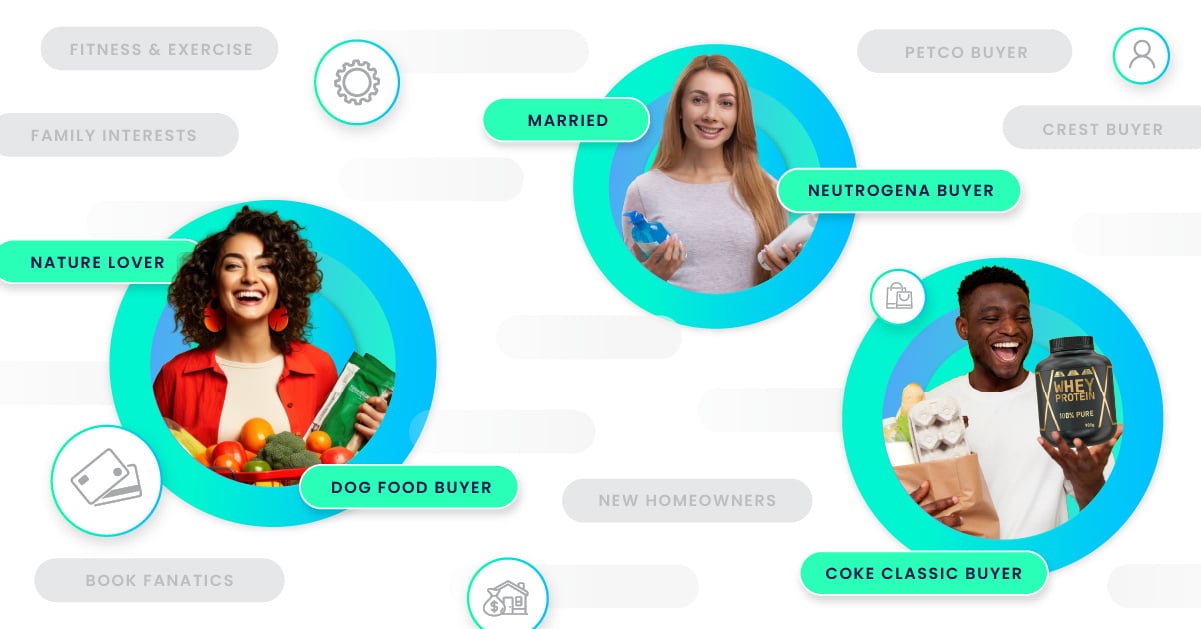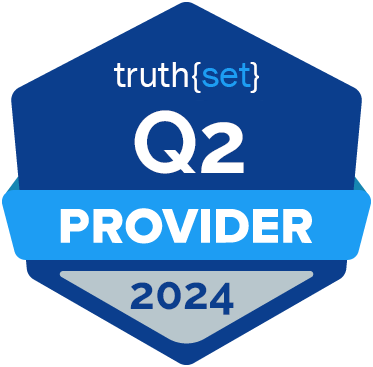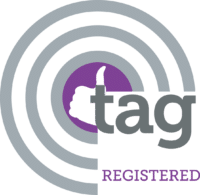
Digital marketers and ad buyers invest copious amounts of time to plan, optimize and measure all stages of programmatic campaigns. In planning stages, strategists pay particular attention to defining their target audiences. Yet despite the initial investment in developing an audience-first strategy, all too often segments come and go from the campaign without the same level of consideration that was given upfront, and suffer because of it.
Buyer personas are foundational to an audience strategy, but developing them can be a laborious process – evaluating current customers, historical campaign performance and real-time sales and site data. A combination of 1st and 3rd party data then helps reach that cohort or inform custom audience development. Once live, the beauty of programmatic – speed of results and simplicity of change – tempts media buyers to start optimizing audiences.
Often this results in testing audiences that were not included in the initial recommendation. But testing audiences is unlike testing creative, or even channels, and requires a few extra steps. If done correctly, data testing will refine and improve your audience-driven strategy, if not, it can unwind the hard work done in the early stages and send you down the wrong path. To avoid the common pitfalls, we’ve compiled four important considerations for testing new audiences on a live campaign.
Know Your Audiences
As the data marketplace ballooned buyers struggled to identify the best sources, and data providers fought to break through the noise. Fortunately, data quality and transparency are easier to identify today — with initiatives like the IAB Tech Lab’s Data Label, and companies like Neutronian, empowering the marketplace with accessible insights. Need to feel empowered? We’ve compiled this 8 question guide to help you ask your data partners the right questions.
Armed with this info, buyers can think about how each piece fits into their audience strategy. Likely this is the approach being taken by strategists and planners pre-launch, but once a campaign is live it can be easy to fall into the trap of doing a quick search and turning on any segment that has a name and description close to what you’re looking for.
Try to give all new audiences the same level of scrutiny as the initial recommendations. Investing in the review process will let you go beyond branded segment names and determine which audiences can be additive, fill gaps, or full-on replace existing segments. Understanding audience quality and composition will allow you to design better tests. To this end, many brands and agencies maintain a shortlist of go-to data partners to help their teams make these decisions quicker.
Control the Variables
When experimenting with new tactics on of any portion of a campaign, it’s important to test only one hypothesis at a time. Introducing multiple changes will prevent you from effectively knowing which change impacted the performance.
Say you plan to run a head-to-head test between data partners. To accurately compare these two different audiences, you should keep all other factors, such as bids, bid strategy, creative, dayparting, etc., the same. To test multiple factors – how the audiences will perform at multiple bid points for example – be sure to create multiple, mirrored placements for each segment. Be mindful, this may cause some campaign bloat as you generate multiple placements for each.
Balance Your Budget
Most marketers and buyers don’t need reminding to keep their eye on spend, but in testing, carefully watch the daily budget and don’t underspend. It’s not recommended to come out of the gate blowing budget on an unproven audience but be sure to keep your foot on the gas when testing new audiences. You don’t necessarily need to maintain the same spend between your test and control audiences, but be sure that you’re not unintentionally throttling performance in the name of caution. The new segments need enough volume to perform and generate statistically significant results. Commit to the test and see it through.
Give New Audiences Time
When adding new audiences to a campaign, have specific timelines and goals in mind. It would be amazing if adding a new audience would double campaign performance overnight, but they are not magic wands. Define what success looks like over a realistic time period — and understand how performance should be trending at various stages. As you compare new and existing segments on your campaign, look back at how those audiences performed at launch. This will allow you to establish benchmarks for comparison and factor in that existing segments have had the benefit of weeks, if not months, of optimization by your platform’s algorithms.
Our team has seen advertisers invest in new audiences for a campaign only to turn them off soon after launch. Typically, this happens because the advertiser did not define success criteria upfront, and when the new test audiences did not immediately perform at the same level as control audiences, they hastily abandoned them. A deeper analysis would have shown them that the new audiences were trending well above the controls at comparable early stages of activation. Abrupt moves such as these do a disservice to the time and effort put into identifying the audiences and updating campaigns, and squanders any financial investment.
When all of your teams are aligned around an audience strategy, testing new segments will become a powerful component of campaign optimization. And with more accessible details on the data available in market, it is easier than ever to execute with thoughtfulness and care.
Want to talk strategy or build a custom audience? Contact the Alliant team to learn how powerful transactional data can improve your campaign performance































Submit a Comment